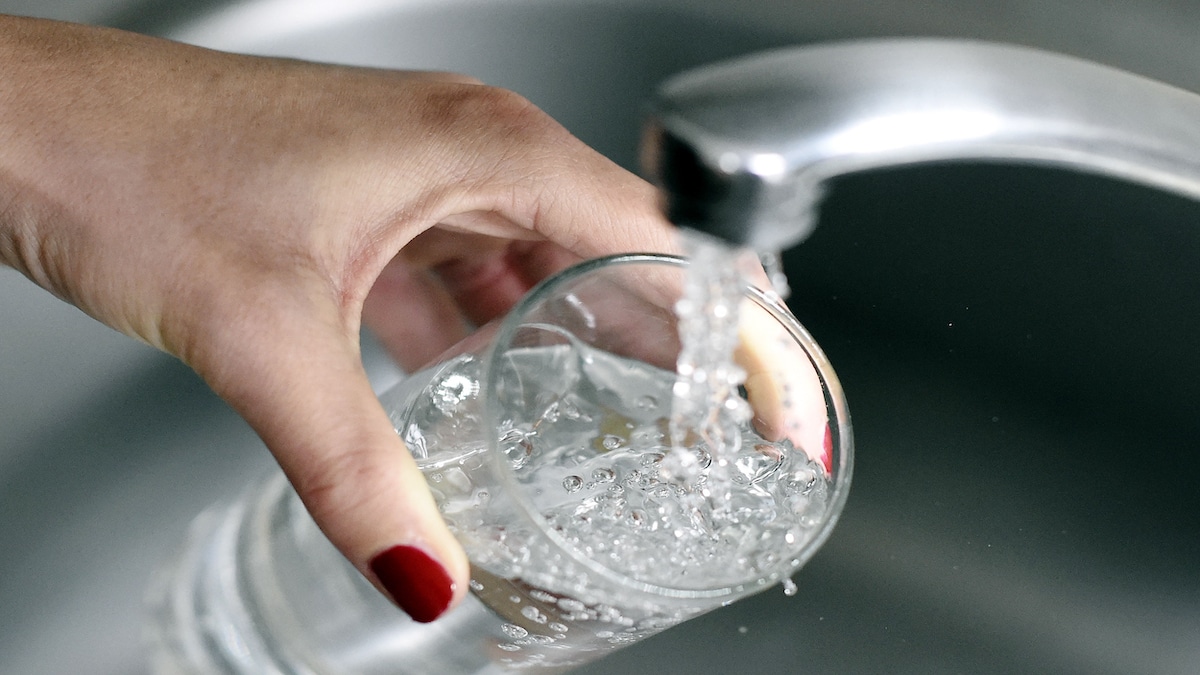
Exposure to Toxic Forever Chemicals May Increase COVID Risk, Studies Find

One of the many negative health impacts associated with per-and polyfluoroalkyl substances (PFAS) is immunosuppression.
Now, evidence is emerging that exposure to these toxic forever chemicals may increase a person’s risk of contracting COVID-19 and experiencing a serious or potentially fatal case.
“There’s clear science and evidence that immunological response and PFAS are connected and associated – that’s why the Covid aspect is so important to pursue,” Christel Nielsen of Sweden’s Lund University told The Guardian.
Nielsen was a co-author on a Swedish study published in the International Journal of Environmental Research and Public Health in October 2021. The researchers were concerned with whether or not exposure to PFAS would increase COVID risk. PFAS are a class of widely-used chemicals that persist in human bodies and the environment. They may have the ability to block, mimic or disrupt hormones, thereby reducing immunity. There is also some evidence that certain types of PFAS interfere with immunity after vaccination and that exposure can make people more likely to get sick.
The study focused on Ronneby, Sweden, where one third of the population has been exposed to drinking water with high levels of PFAS for decades. It found that the town had a COVID-19 infection rate 19 percent higher during the first year of the pandemic when compared to a neighboring town with less contaminated drinking water, according to The Guardian.
“The results suggest a potential link between high PFAS exposure and susceptibility to COVID-19 that warrants further research to clarify causality,” the study authors concluded.
The Swedish study is only the latest of four to find a link between PFAS exposure and COVID risk.
The first was published in December 2020 in PLOS One. It looked at the PFAS concentrations in the blood of 323 Danish COVID-19 patients and found that those exposed to a particular PFAS known as perfluorobutanoic acid (PFBA) were more likely to suffer serious infections.
“If you had PFBA in your blood, then you were more likely to go to the hospital, and to stay longer, to get into intensive care and to die from the infection,” study co-author and Harvard environmental health professor Phillipe Grandjean told The Guardian.
The next study, published in the International Journal of Environmental Research and Public Health in March of 2021, looked at the mortality risk from COVID-19 infections in the “Red Zone” of Italy’s Veneto region. This is an area where drinking water was contaminated with PFAS for decades. The scientists found that the region did indeed have a COVID mortality rate 27 percent higher, according to The Guardian.
“In conclusion, we observed a higher mortality risk for COVID-19 in a population heavily exposed to PFAS, which was possibly explained by PFAS immunosuppression, bioaccumulation in lung tissue, or pre-existing disease being related to PFAS,” the study authors wrote.
Finally, a study published in Environment International in August of 2021 focused on the PFAS-exposed provinces of Shanxi and Shandong in China. The researchers looked at PFAS levels in the urine of 80 COVID-19 patients and 80 symptom-free individuals. They found a correlation between infection and exposure to the forever chemicals perfluorooctanesulfonic acid (PFOS) and perfluorooctanoic acid (PFOA), as well as to PFAS overall.
While all of these studies show only correlation, not causation, they do indicate that PFAS and COVID-19 could very well be a deadly combination.
“This is something that clearly warrants further research,” Nielsen told The Guardian.
Another question that Nielsen’s team is also exploring is whether PFAS exposure might limit the effectiveness of COVID-19 vaccines. Grandjean published research in 2012 finding that children exposed to PFOS and PFOA had as many as 50 percent fewer antibodies after being vaccinated for tetanus and diphtheria, as WHYY reported.
There are currently three U.S. studies looking at the relationship between PFAS exposure and COVID-19-vaccine effectiveness.
“Right now, particularly with the pandemic and vaccinations on people’s minds, we really want to make sure the vaccines are effective for everyone, especially for people who had high PFAS exposures,” Laurel Schaider, a senior scientist for the Silent Spring Institute that is helping to conduct one of the studies, told WHYY.

 233k
233k  41k
41k  Subscribe
Subscribe 